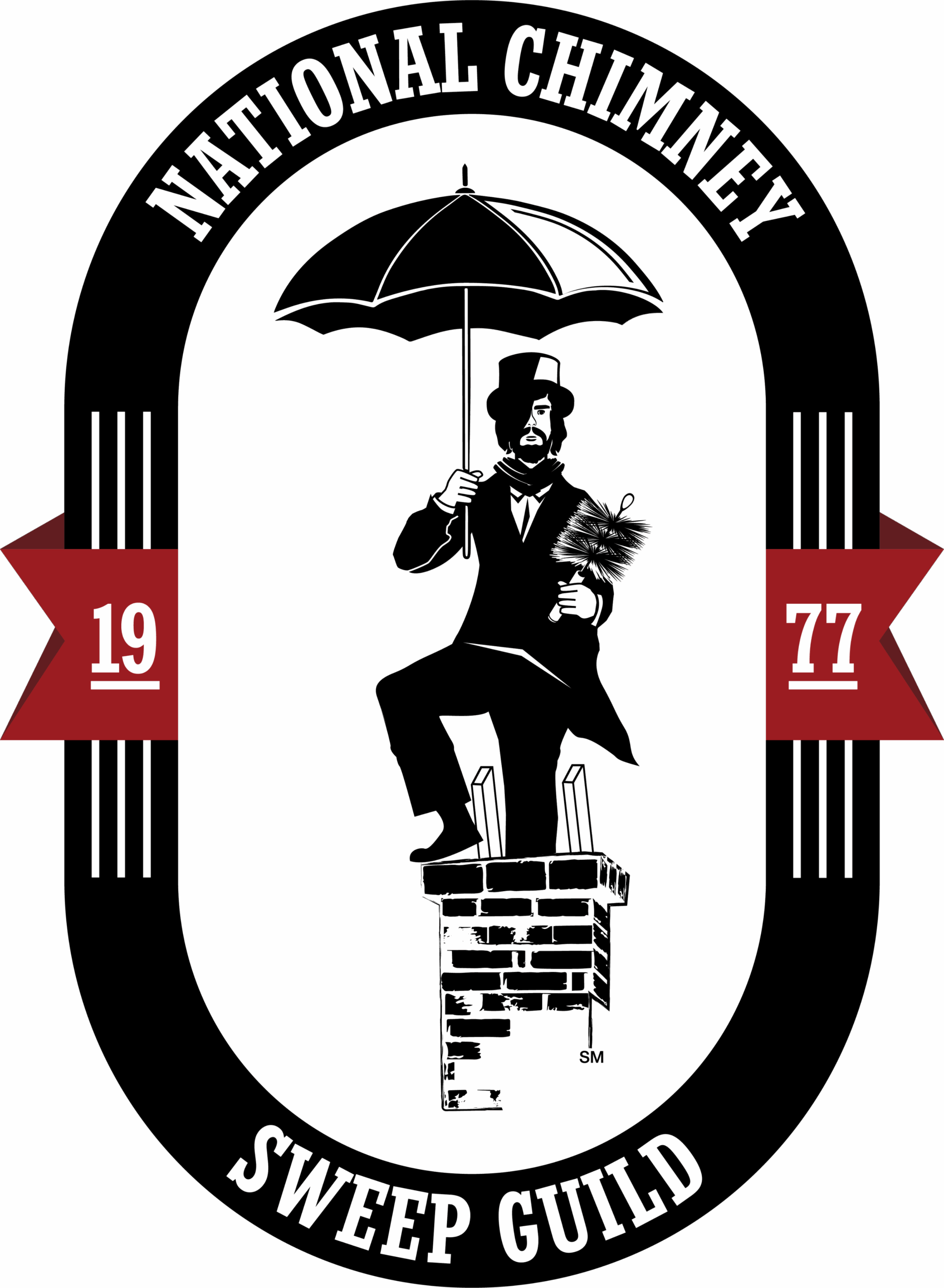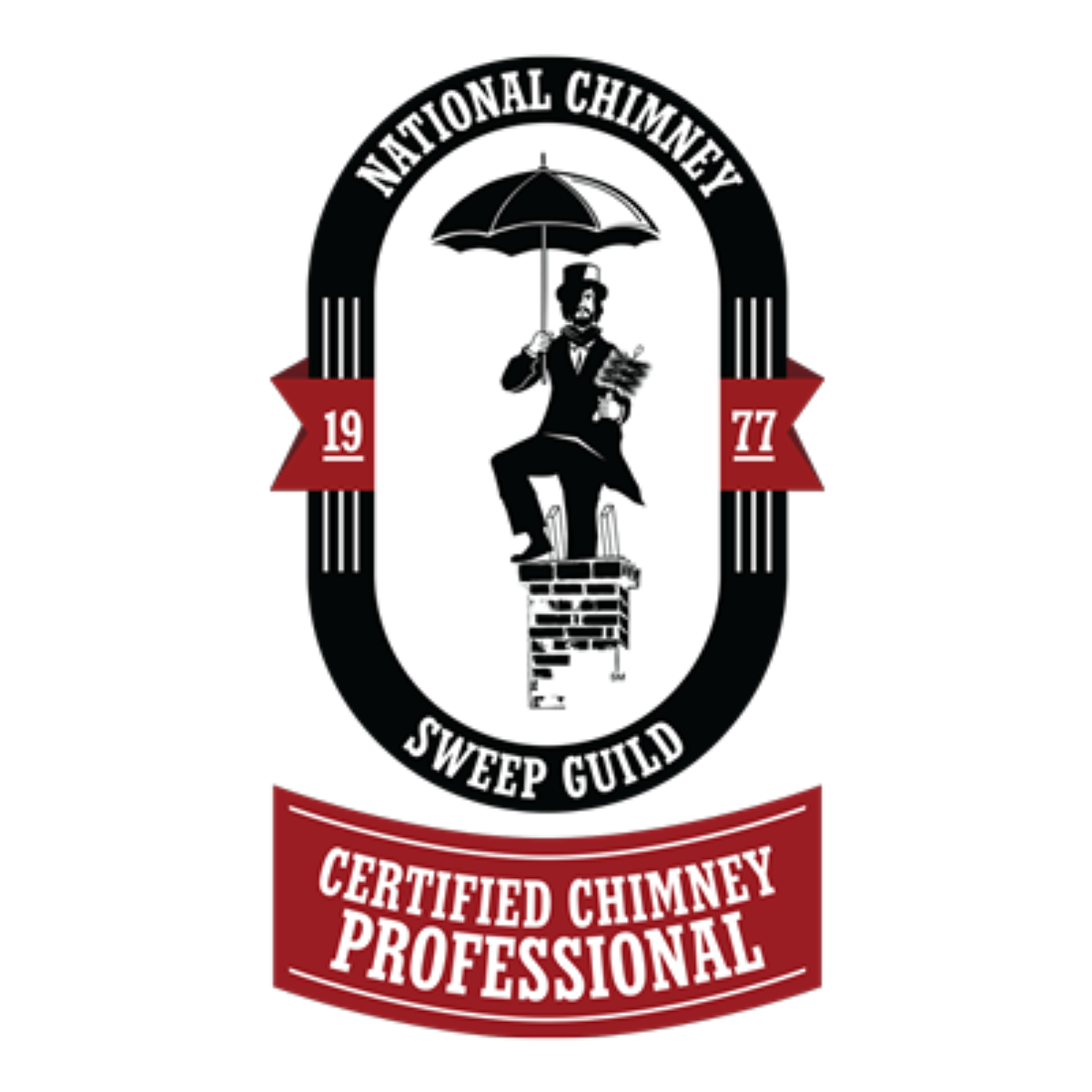4 Ways to Prevent Cold-Weather Damage to Your Chimney
To prevent cold-weather damage to your chimney, ensure regular inspections and maintenance. Focus on vulnerable areas like mortar joints and flashing, and clean the flue to eliminate hazardous creosote. Installing a durable chimney cap protects against moisture and debris while deterring animals. Additionally, minimize moisture intrusion with proper insulation techniques, using high-quality materials around the flue and attic space. Lastly, use seasoned hardwoods for efficient combustion, which reduces creosote buildup. Each of these steps contributes to the longevity and safety of your chimney. There’s much more to explore regarding effective chimney maintenance strategies.
Key Takeaways
- Conduct regular inspections and maintenance to identify wear, leaks, and blockages in your chimney.
- Install a chimney cap to prevent moisture intrusion and block debris or animal nesting.
- Properly insulate the chimney flue and surrounding areas to minimize freeze-thaw cycles.
- Use seasoned hardwoods as fuel to reduce smoke and creosote buildup in the chimney.
- Implement a systematic maintenance schedule and stay aware of winter conditions to mitigate risks.
Regular Inspection and Maintenance
To effectively safeguard your chimney against cold-weather damage, regular inspection and maintenance are essential. The harsh conditions of winter can lead to various issues, such as cracking, spalling, and moisture infiltration, which can compromise the integrity of your chimney.
To prevent cold weather chimney damage, it is crucial to implement a systematic maintenance schedule.
Start with a thorough visual inspection of the chimney structure, looking for signs of wear, leaks, or blockages. Pay special attention to the mortar joints and flashing, as these areas are particularly vulnerable to deterioration.
Regular cleaning of the chimney flue is also vital to remove creosote buildup, which can become hazardous during colder months.
In addition, consider employing chimney maintenance tips such as sealing any cracks with appropriate waterproofing materials to provide added protection against moisture. It’s also advisable to check for any signs of rust or corrosion on metal components.
These proactive measures are critical for effective chimney protection during winter. By prioritizing regular inspections and maintenance, homeowners can mitigate potential damage and ensure the longevity and safety of their chimneys.
Install a Chimney Cap
A chimney cap serves as a critical barrier against the elements, effectively preventing cold-weather damage to your chimney. By covering the top of the chimney flue, a chimney cap keeps out snow, rain, and ice, which can lead to significant structural issues over time.
Moisture intrusion can cause chimney liners to crack and deteriorate, compromising the efficiency and safety of your fireplace.
In addition to moisture protection, chimney caps also prevent debris, such as leaves and twigs, from entering the flue, which can obstruct airflow and create hazardous conditions.
Furthermore, a well-fitted chimney cap can deter animals, such as birds or squirrels, from nesting inside the chimney, thus preserving its functionality.
When selecting a chimney cap, choose one made from durable materials, such as stainless steel or copper, as these are better suited to withstand harsh winter conditions.
Proper installation is also crucial; a poorly fitted cap can exacerbate moisture problems instead of mitigating them.
Proper Insulation Techniques
Effective insulation techniques play a crucial role in preventing cold-weather damage to your chimney. Insulating your chimney not only aids in maintaining optimal temperatures but also minimizes the risk of moisture intrusion and freeze-thaw cycles that can weaken its structure.
One effective method is to ensure that the chimney flue is adequately insulated. This can be achieved by utilizing a chimney liner, typically made of stainless steel or clay, which provides thermal insulation and protects the masonry from the harsh effects of cold weather.
Additionally, the space between the chimney and surrounding materials should be filled with high-quality insulation, such as fiberglass or mineral wool, to prevent heat loss.
Another critical aspect is insulating the attic space around the chimney. Properly insulating this area helps maintain consistent temperatures along the chimney, reducing the likelihood of condensation and ice formation.
Moreover, sealing any gaps or cracks in the chimney structure with weather-resistant caulk can prevent cold air infiltration and moisture penetration.
Implementing these insulation techniques not only prolongs the life of your chimney but also enhances the overall efficiency of your heating system during the colder months.
Use Quality Fuel
Using quality fuel is essential for maintaining a healthy chimney and preventing cold-weather damage. The type of fuel burned in your fireplace or stove significantly impacts the efficiency of combustion and the overall condition of your chimney. Inferior fuels, such as green wood or treated materials, can produce excessive smoke and creosote, leading to dangerous buildup in the flue. This not only poses a fire hazard but also increases the likelihood of chimney damage during cold weather.
To mitigate these risks, opt for seasoned hardwoods that have been properly dried for at least six months. These types of wood burn cleaner and produce less smoke, resulting in reduced creosote accumulation. Additionally, avoid burning materials such as plastics or treated lumber, as they can release harmful chemicals and create corrosive byproducts that can harm your chimney’s structure.
Regularly monitoring and maintaining your chimney is equally important. Schedule annual inspections and cleanings to remove any creosote buildup and ensure that your chimney remains safe and functional.
Top Chimney Service in Dallas: Key Steps for Protecting Your Home Against Winter Risks
Masters Services Chimney & Masonry – DFW
11245 Goodnight Ln #35, Dallas, TX 75229
(972)877-4650










